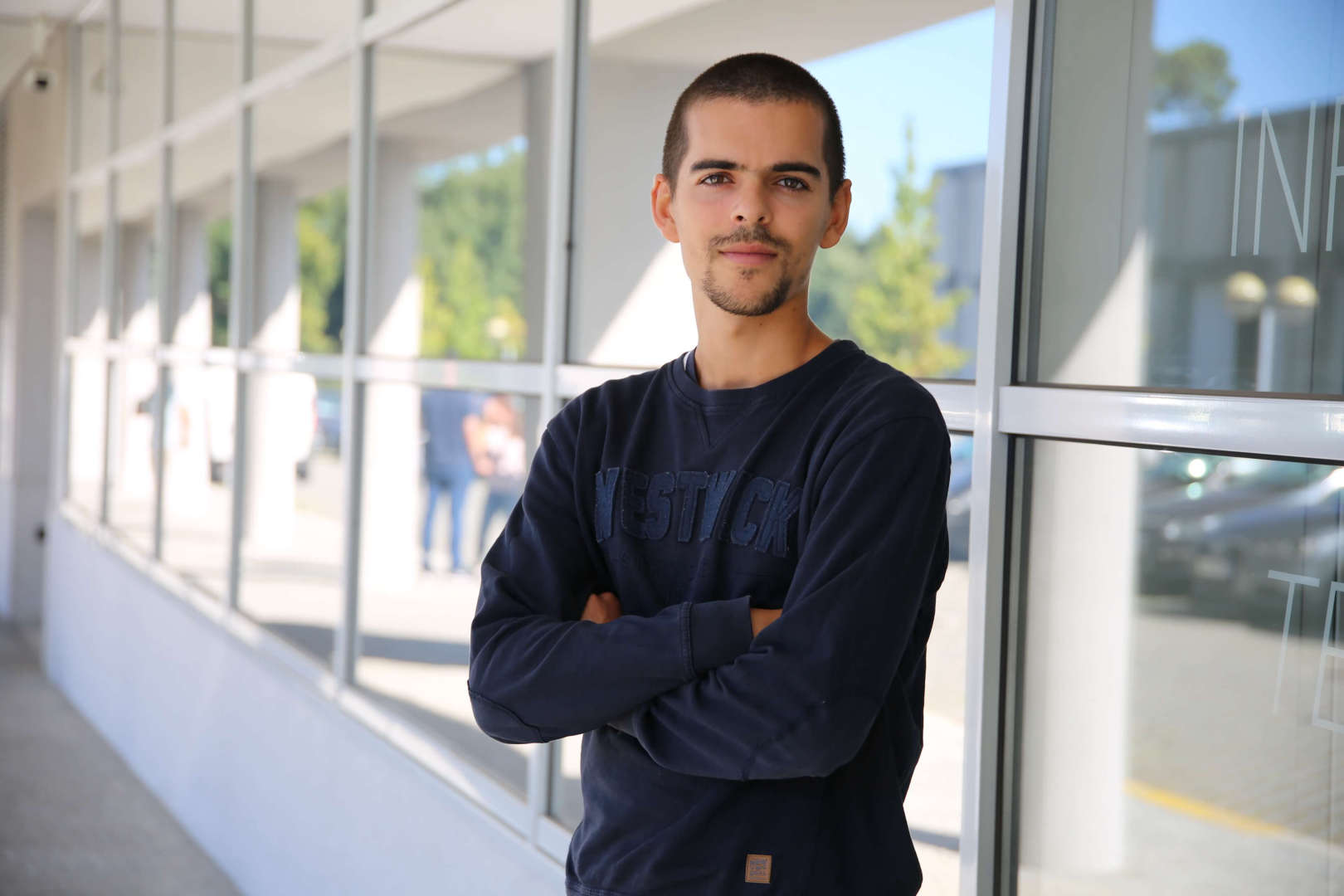About
André Silva Pinto de Aguiar received the Electrical Engineering MSc in 2019, from the Faculty of Engineering of the University of Porto specialized in robotics, and a PhD in Electrical Engineering in 2023 from the UTAD university. He is a researcher at the Centre for Robotics in Industry and Intelligent Systems of INESC TEC in Porto. His current research interests are focused on robotics navigation, Simultaneous Localization and Mapping, Computer Vision, Point Cloud processing and Deep Learning. André Silva Aguiar is author of more than 20 indexed articles and participated in more than 10 National and European projects in the agricultural robotics field. At the moment André is leading Orioos, a project that was awarded by EUSPA winning the myEUspace competition.


